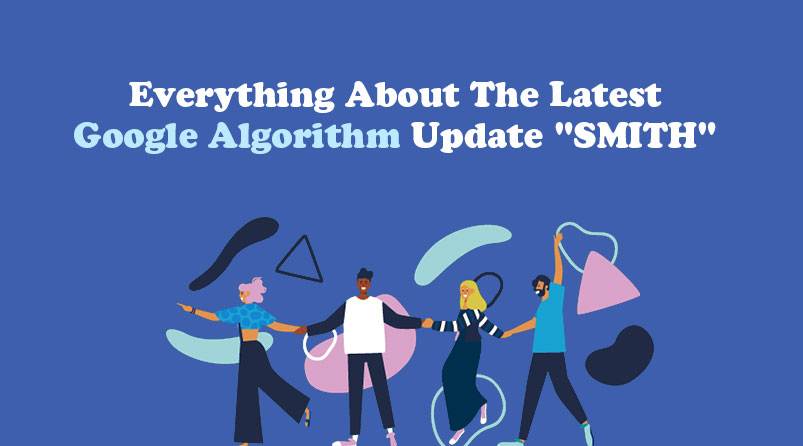
Are you looking to know more about Google’s new SMITH Algorithm? Here in this article, we will be talking about this new update in detail.
To give you a brief idea about what SMITH actually is, you need to know a bit about BERT. BERT was an algorithm one of its kind that leveraged bidirectional processing in order to define what a single word means on the basis of the contextual cues it is surrounded by. The meaning of Bi-Directional processing is that it reads every word combination from right-to-left and left-to-right.
SMITH, in simple terms, does exactly to the passages what BERT does to the words. The algorithm can compare a sentence before, after, and also away from the given passage for the sake of better interpretation of its actual meaning.
Now that we have a basic idea, let us get into the details of this new update.
SMITH is basically a new model that tries to understand the entire document. Previously, Google introduced a model called BERT that was trained in order to understand the works in the context a sentence holds. To put it in perspective, the training of the SMITH model is such that it understands a passage in the context of the complete document.
While the algorithms such as BERT are trained on the data sets in order to predict the words that are randomly hidden from the context in the sentences, this algorithm is trained in order to predict what the next part of a sentence would be.
If researchers are to be believed, this training will prove to be of great help as the algorithm can then understand bigger documents in a much better way as compared to how the BERT algorithm does.
BERT can understand the words on the basis of the content in the passage.
SMITH can understand the passage on the basis of the content in the document.
BERT is trained to understand the conversational queries where the placement as well as the use of a preposition or word holds immense meaning. The algorithm is pretty useful when it comes to short-to-long or short-to-short semantic matching, like ranking the search results according to the relevance on the basis of the short query or when the chatbot answers the question with a copy that comes straight from the website’s FAQ section.
On the other hand, we have SMITH, which is great at making a long-to-long semantic connection. For making it easy for you to understand, imagine the algorithm that can decipher the content in an email you drafted and then automatically predict the document in the Google Drive that can be most-relevant for the attachment purpose. Given the correct set of data, SMITH is capable of creating this kind of connection.
Though SMITH might sound to be better than BERT in various aspects, it is unlikely for it to replace the BERT algorithm. BERT is pretty effective when it comes to both short-to-long as well as short-to-short semantic matching and thus will surely be in use. Putting it in short, SMITH and BERT are not the mutually exclusive algorithms, and it is quite possible for them to be used together.
It is pretty evident that Google is making all the possible attempts and even beyond in order to improve the processing of natural language patterns. This might be possible because of the upsurge in the voice search. Nevertheless, with the search engines making attempts towards processing the content the way we do, it has become much more imperative for the humans to create the content that is engaging, useful as well as relevant.
Hopefully, this article will give you a clear picture about the SMITH Algorithm and all that can be expected out of it.
We work with some really amazing businesses and organisations. Here are a few
























